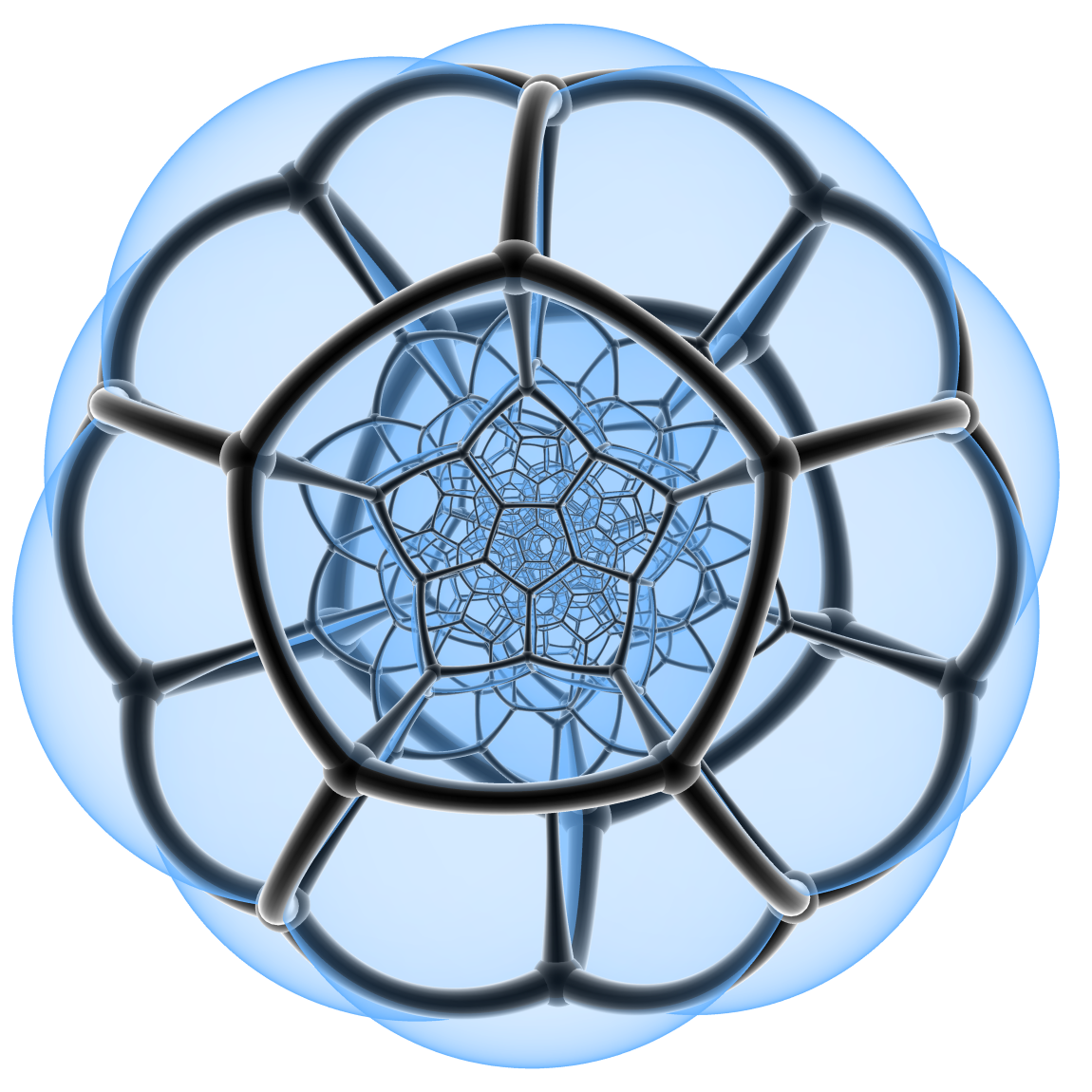Advanced Multivariate Calculus (Math 425.2) Fall 2016
(While under construction, please be patient: more details will follow later in the semester.)
Time and Place:
Wed 4:00-5:15, Fri 12:20-1:35 in LGRC A301 (3rd floor of the Lederle lowrise, near the Physical Sciences Library)
Office Hours:
After class Wed 5:15-6:30 in LGRC A301, before class Fri 11-12:15 in LGRT 1435G, and please make an appointment via email: profkusner@gmail.com
Prerequisites:
Multivariable Calculus and Linear Algebra
Recommended Text:
J. Marsden and A. Tromba, Vector Calculus [an earlier edition is fine and may be less expensive: W. H. Freeman, Fifth Edition edition (2003) ISBN-10: 0716749920, ISBN-13: 978-0716749929; or Sixth Edition (2012) ISBN-10: 1-4292-9411-6, ISBN-13: 978-1-4292-9411-9]
H. M. Schey, div, grad, curl and all that [ISBN-13: 978-0393925166; ISBN-10: 039 3925161]
M. Spivak, Calculus on Manifolds [ISBN-13: 978-0805390216; ISBN-10: 0805390219]
Description:
This course covers the basics of differential and integral calculus in many variables: differentiability, directional and partial derivatives and gradient of functions; critical points without or with constraints (Lagrange-multipliers/tangential-gradient) and the Hessian; vector fields and differential forms; divergence, curl and exterior derivative; line- and surface-integrals; the fundamental theorem of calculus (Gauss/Green/Stokes/Thomson). If time and taste permit, topics from physics (fluids and electromagnetism) and differential geometry (curves and surfaces in space) may also be explored.
Grading:
Course grades will be based in roughly equal parts on the homework, on midterms & quizzes, and on the final exam.
Topic and Homework Schedule (please finish and submit within 9 days of the date at the left):
09/07: Differentiating and Integrating h(x,y)=xy
Solutions by Z. Ji
09/14: Gradient and Divergence of (Radial) Functions and Vectorfields [The scanner slipped on Problem 2, which begins "Use the chain rule...". Hint for Problem 6, which is usually the tricky one: try a power function f(r)=r^p; applying div•grad you'll get a quadratic expression (depending on n) for p, one of whose roots is always p=0 and the other root is a negative integer, so the corresponding f(r) is singular at r=0; the case n=2 is special (p=0 is a double root) and the singular f(r) is ?!?]
Solutions by A. Ouelette [For Problem 1, the behavior at the origin is a bit more complicated: while the "average" of grad(r) may be 0 there, this field is not well-defined because r is not differentiable (it fails to have a linear approximation - its graph has a tangent "cone" rather than a tangent plane) at the origin; the set of limit values for grad(r) as r tends to 0 is the whole (n-1)-sphere of unit vectors in R^n.]
09/21: Curling Vectorfields on R^3
Solutions by H. Zhang, B. Vannah [For Problem 6, it is nice that the algebraic formula for iterated cross product A x (B x C)=B(A•C)-C(A•B) works, but one must use care to justify this, and it can be misleading when the Leibniz/product rule comes into play, e.g. for expanding curl(v x w).]
09/28: Practice with Path Integrals [One of the "dx" is missing an arrow - sorry!]
Solutions by K. Carpenter, J. Dreyfus, M. Fernandes
10/05: Warm-up Problems for the Mini-midterm [Hint: One of the first 5 problems is False, and the other four of those are True! Reminder: These needn't be turned in - we'll have a break from HW for a week (or two). Reviewing Chapter 4 and the early parts of Chapter 7 in M&T (either V or VI edition) should also be useful.]
10/12: Mini-midterm I during class (no class Friday) Midterm Exam I (with solutions by yours truly) [Sound advice from a wise guy: Review Chapter 4 on curl, div & grad, and the early parts of Chapter 7 on path integrals, in M&T (either V or VI edition)!]
10/19: Fun with Forms [Please see M&T section 8.6 or Spivak for more 'fun' with forms! Problem 5 had a typo (or write-o): \beta should have been \tilde{\alpha}. Some people didn't turn in papers today - please submit them before our next (11/02) class under my office door, or at the beginning of that class.]
10/26: Domains and Forms in n-Space [If you can get started before Friday 11/04, I hope you can finish and submit this one by Wednesday 11/09, please.]
11/02: Differentiating and Integrating I [Veterans Day - Friday 11/11 - is holiday, so this assignment is the Empty Homework Set!]
11/09: Practice with Differential Forms [The promised practice problems.]
Solutions by Avi and Rob. [I'll also be in 1535 around 10 Wednesday (11/16) morning in case folks have any questions....]
11/16: Mini-midterm II during class (no class Friday) Midterm Exam II
11/23: Thanksgiving Break! [The last part of the course concerns integral calculus with forms. We've already done a bit of this with 1-forms and path integration, but over the break, please study Spivak 4, especially pages 86-108. Please try to understand "pullback" - which is the forms version of the "change of variables" formulas you may have seen in M&T 6. Also, please try to understand the notion of a "singular k-chain" over which we'll integrate a k-form - this generalizes a path integral to higher dimensions and is the most natural way to set up the Fundamental "Stokes" Theorem of Calculus (FToC).]
11/30: Div, Grad, Curl via Hodge and Music; Pullbacks and Naturality, (page 2), (page 3) [More about Hodge-star. Cf. also Spivak (page 96, problem 4-19) for an alternative to "music" and Hodge-star for treating div, grad & curl in terms of "d" in \R^3. Hint for the last problem: it may help to first observe that F*(\alpha\wedge\beta)=F*(\alpha)\wedge F*(\beta), which one proves first for basic forms.... In class, we also proposed a warm-up problem: using the polar coordinates map F:\R^3 -> \R^3: F(r,\theta,\phi)=(r cos\theta cos\phi, r sin\theta cos\phi, r sin\phi), compute F*(dx\wedge dy\wedge dz): it will be a function times dr \wedge d\theta \wedge d\phi.]
12/07: Integration of k-forms over k-cubes and k-chains [Note: In problems 3 and 4, the domain Q is a stretched/translated version of the 2-cube: one is [0,2\pi]\times[-\pi/2,\pi/2] and the other is [0,2\pi]\times[0,2\pi]. And sorry: the scanner inserted a couple of "backsides" - there are only 5 pages, not 7! ;-]
[[Further comments: In problem 1, technically we're restricting everything to S, which can also be thought of as pulling back by the inclusion of S into R in \R^3. In problem 4, there's a "writing" error: it should be x(s,t)=(R + r cos(t))cos(s), y(s,t)=(R + r cos(t))sin(s) and z(s,t)=r sin(t).]]
Solutions by Rob(also emailed photos to you).
12/14: The Big FToC [Again, sorry: the scanner duplicated and "wiggled" a couple pages - I hope there's at least one clear version of each page! You should try some explicit choices of V=\alpha^# or V=\star\beta^# in problems 3, 4 and 5 to be sure of what you're doing. My favorite examples are constant (translation) vector fields like V=(1,0,0), rotation vector fields like V=(y,-x,0), and the position vector field V=(x,y,z)!]
Solutions by Rob
(also emailed photos to you).
FINAL EXAM:
12/19 Monday
3:30PM - 5:30PM
Lederle Graduate Research Tower 123
[You may bring a single page "help sheet" prepared by yourself in your own handwriting. About half the exam topics (integration, mainly) will be from after the 2nd midterm, but earlier topics (div, grad, curl and their interpretation using forms) naturally feed into the latter topics.]
Have a wonderfully warm winter solstice and a perfectly pleasant perihelion!

